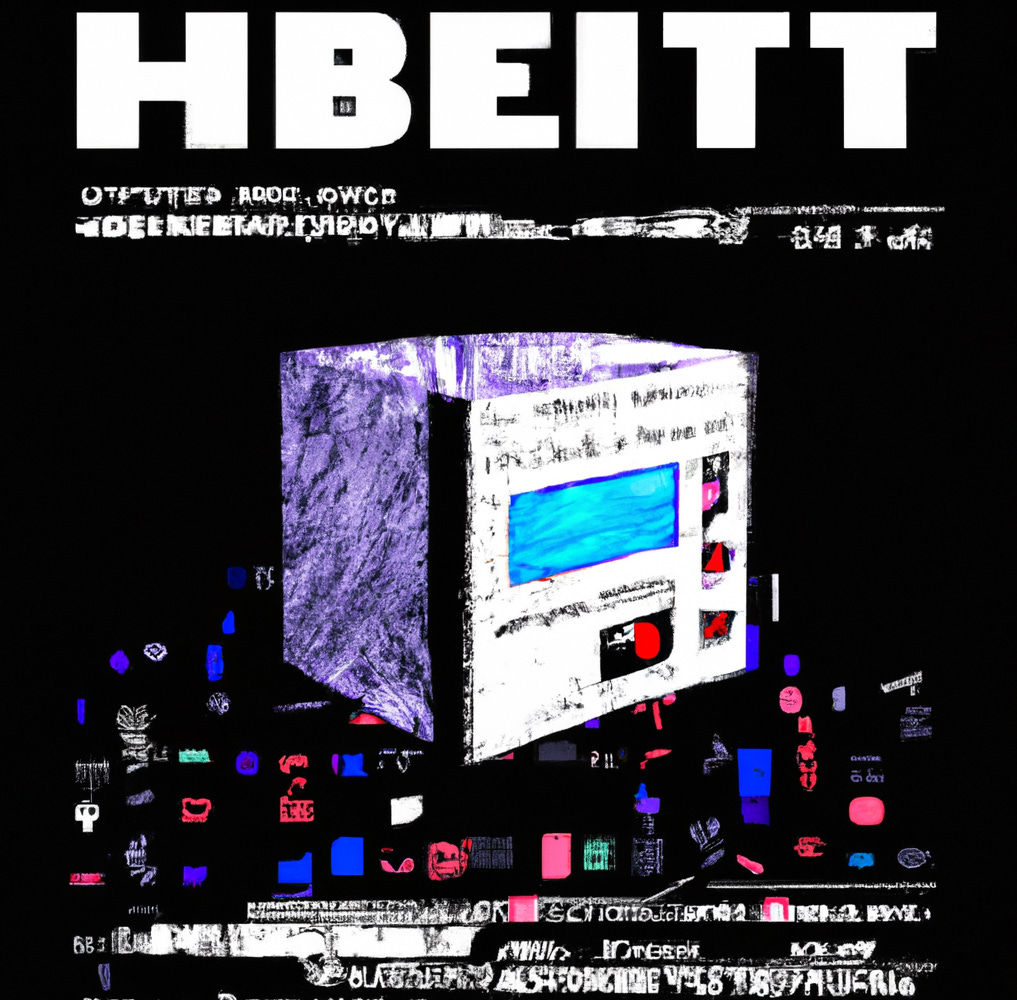As you will have noticed, the entire world changed in the last couple of weeks with the introduction of —- well, everything AI related — and now GPT-4. I have never seen anything like this pace of transformation — products launching, people making massive investments, non-stop chatter, new tools being announced every day — not since the internet happened.
This is what AI gave me for a picture of the internet
So much is going on that I feel the need to carve away some subjects within the vast subject area. For a variety of reasons, mainly due to the fact that I personally have nothing useful to contribute to these conversations (trust me, this is better), I am not interested in engaging:
The larger philosophical questions about how AI knows or doesn’t know things
The subject of whether AI will lead to the end of the world or whether or how it should be regulated
Questions of artist copyright with regard to the images that were used to train foundational models
Ethical or legal implications for creative industries
Social implications of bias in datasets used for training and how to mitigate that
Whether image generators will replace artists and designers. (they won’t).
And to try to articulate some of the areas I am interested in engaging:
New aesthetics, what artists are making, and how fields of practice are evolving
How these technologies will change how, why, when, and where we see images
How the role of artists and designers might change within the broader context of contemporary culture
What innovations and collaborations around the interplay between text and image artists and writers will develop as a result of being surrounded by text-to-image and image-to-code models
How AI can be used as a tool to enhance creativity and expand the possibilities of artmaking, and what happens to cultural production, equity, and artistic pedagogy when technological barrier of entry to creation edges closer to zero
How we as an institution can facilitate students to engage with AI as a subject of inquiry, as a tool to create, and as a means of creating new and meaningful forms of expression
How an art and design school should be preparing students to engage with AI in their future artistic practice, and what skills and knowledge are necessary for them to navigate these emerging fields successfully
What new communities and practices will be created by socially or geographically disparate groups when they come together online to show, share, and learn, ie) is there a whole new wave of networked culture coming?
How these technologies will affect cultural activities that are adjacent to art production, such as how museums, galleries, curators, critics, and artist run centres operate, and what new economies come into play
What happens with regard to the question of who is an artist, how, why, and whether that matters, how those questions affect emerging and existing art worlds, economies, and environments
What it means for art history and archives
How the use of AI in art and design can be leveraged to create new forms of interdisciplinary collaboration and exchange between artists, designers, developers, scientists, and technologists, and what role these collaborations might play in shaping the future of AI-powered art and design
What the world will look like when people love or understand generative art (instead of being dismissive or confused as they have been for 20 years)
What nonsense will spring to life when governmental councils and politicians begin to form new policies and categories, particularly around cultural policy (ok that’s just morbid curiousity)





these are things I am thinking about as well. I am also thinking about disability arts and creativity in relation to machine learning and image generation. we could chat